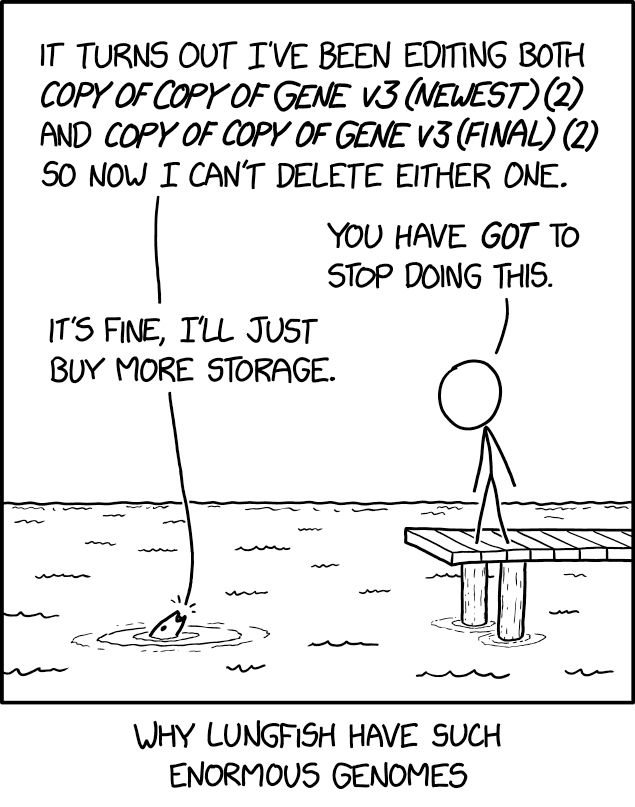
Gene regulation, omics & single cell, development, evolution.
go.nature.com/4i0i61w

journals.biologists.com/dev/article/...

journals.biologists.com/dev/article/...
This is two stories in one: a case study/cautionary tale on developing genetic tools in new organisms, and the first hint at a gene regulatory network for choanoflagellate multicellular development (which turn out to involve a Hippo/YAP/ECM loop!) A 🧵

This is two stories in one: a case study/cautionary tale on developing genetic tools in new organisms, and the first hint at a gene regulatory network for choanoflagellate multicellular development (which turn out to involve a Hippo/YAP/ECM loop!) A 🧵
www.quantamagazine.org/loops-of-dna...

www.nature.com/articles/s41...
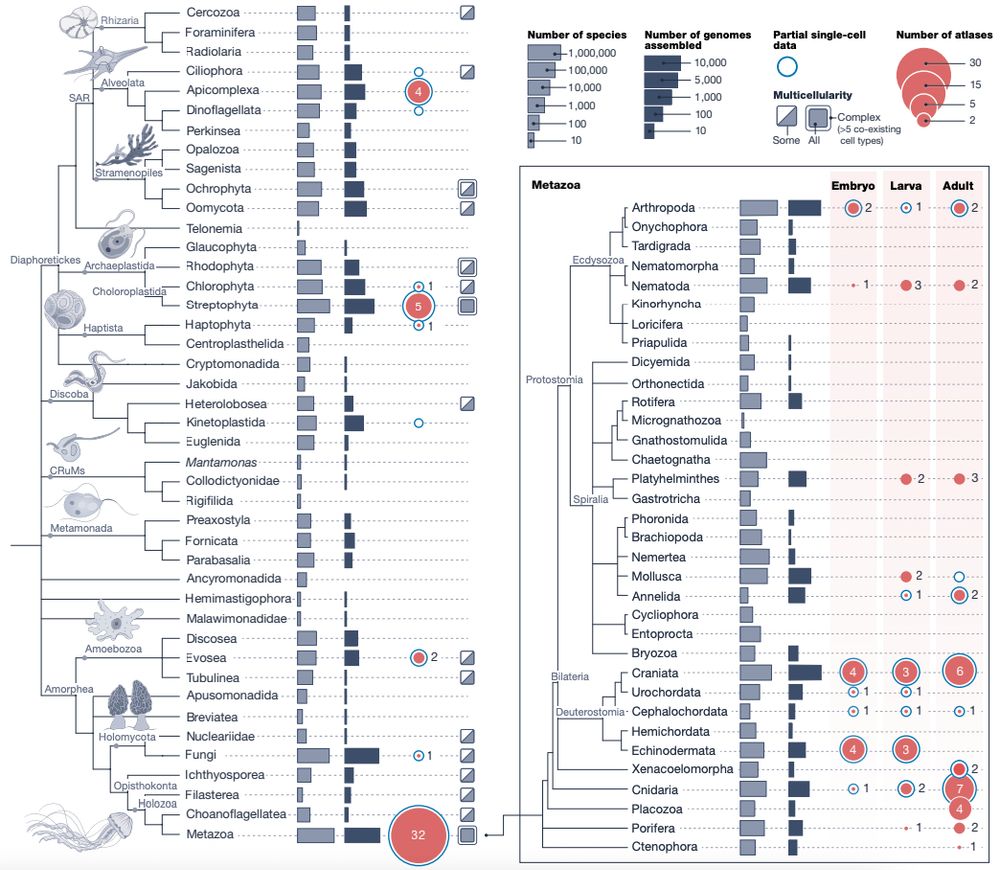
www.nature.com/articles/s41...
www.biorxiv.org/content/10.1...
Read below for a few highlights...
www.biorxiv.org/content/10.1...
Read below for a few highlights...

Dr. Moreno did an amazing job explaining the projects of her PhD work! Marta's thesis was done with @pablodeolavide.upo.es’s PhD program and was co-supervised by @martinfranke.bsky.social and Juan Tena!
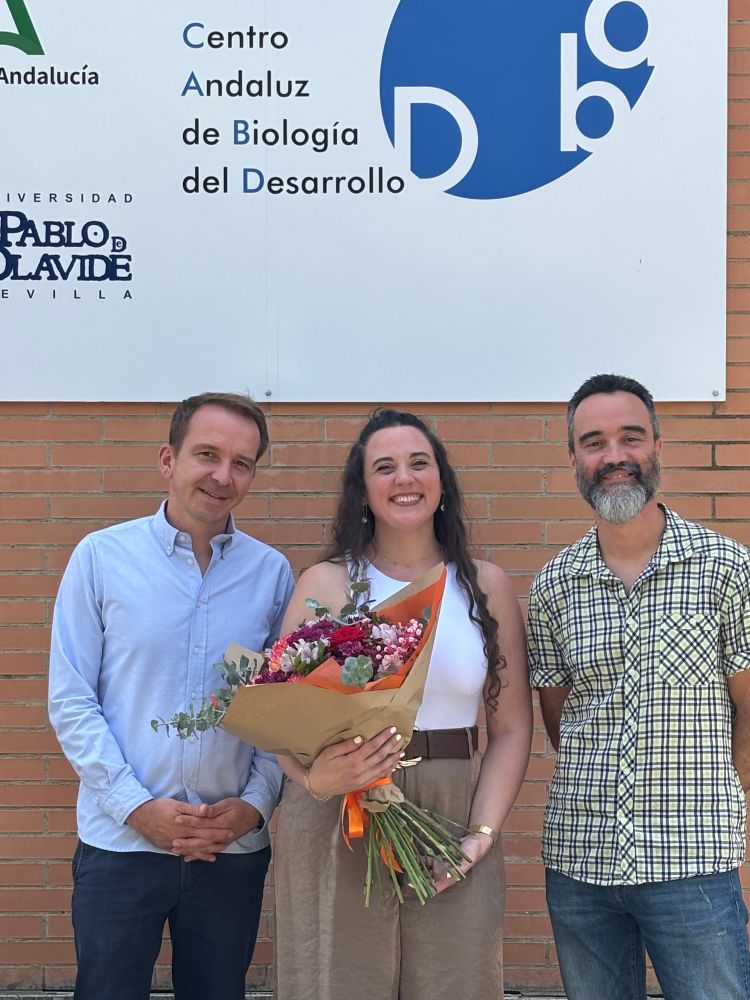
Dr. Moreno did an amazing job explaining the projects of her PhD work! Marta's thesis was done with @pablodeolavide.upo.es’s PhD program and was co-supervised by @martinfranke.bsky.social and Juan Tena!
Dr. Moreno did an amazing job explaining the projects of her PhD work! Marta's thesis was done with @pablodeolavide.upo.es’s PhD program and was co-supervised by @martinfranke.bsky.social and Juan Tena!

github.com/satijalab/se...
github.com/satijalab/se...
github.com/satijalab/se...
github.com/satijalab/se...
github.com/satijalab/se...
github.com/satijalab/se...
www.science.org/doi/10.1126/...
Are animals of different sizes made of the same cell types?
Here’s an update of the main points and revision items
(with memes!)
Thread 👇🧵
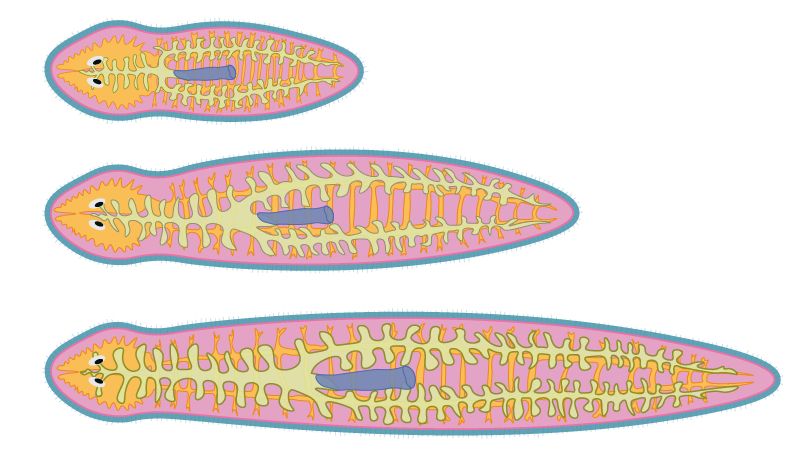
www.science.org/doi/10.1126/...
Are animals of different sizes made of the same cell types?
Here’s an update of the main points and revision items
(with memes!)
Thread 👇🧵
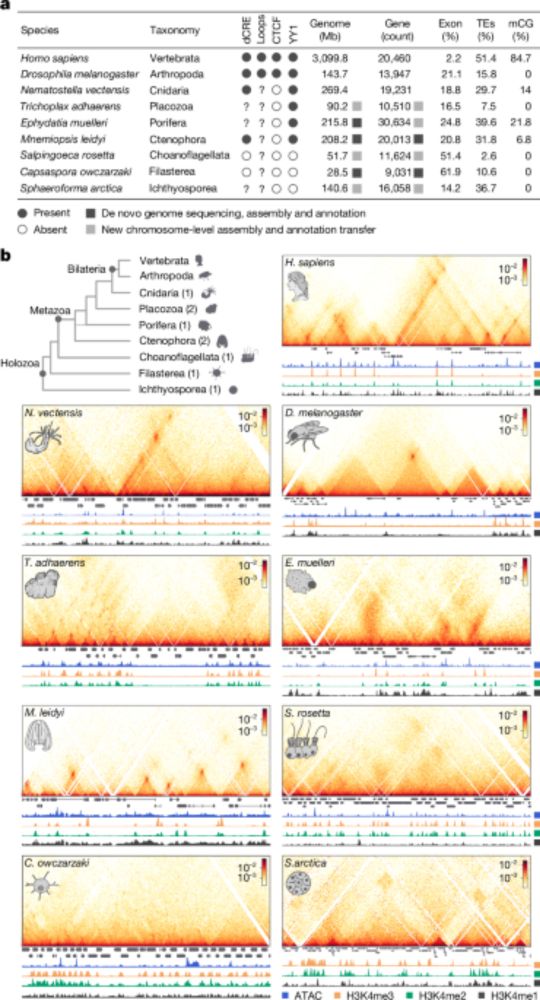
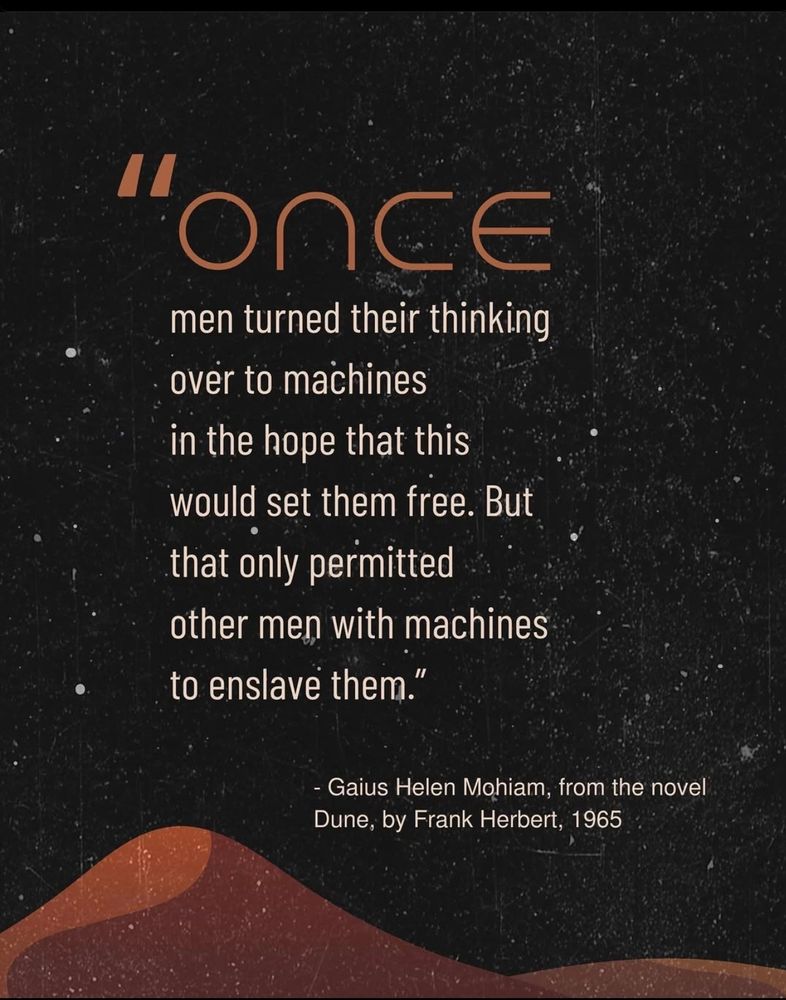
"If the UK genuinely seeks to position itself as a global leader in academia and innovation, it must foster an environment that is welcoming to top talent."

"If the UK genuinely seeks to position itself as a global leader in academia and innovation, it must foster an environment that is welcoming to top talent."
A robustly rooted tree of eukaryotes sheds light on their deep evolutionary ancestry—suggesting that the Last Eukaryotic Common Ancestor (LECA) may have had an excavate-like cell architecture. 🧵🔬 (1/) www.nature.com/articles/s41...

A robustly rooted tree of eukaryotes sheds light on their deep evolutionary ancestry—suggesting that the Last Eukaryotic Common Ancestor (LECA) may have had an excavate-like cell architecture. 🧵🔬 (1/) www.nature.com/articles/s41...

In today’s #AtoZ – J is for Julia (Juliidae) (1/9)
Pic: © uwkwaj CC BY-NC
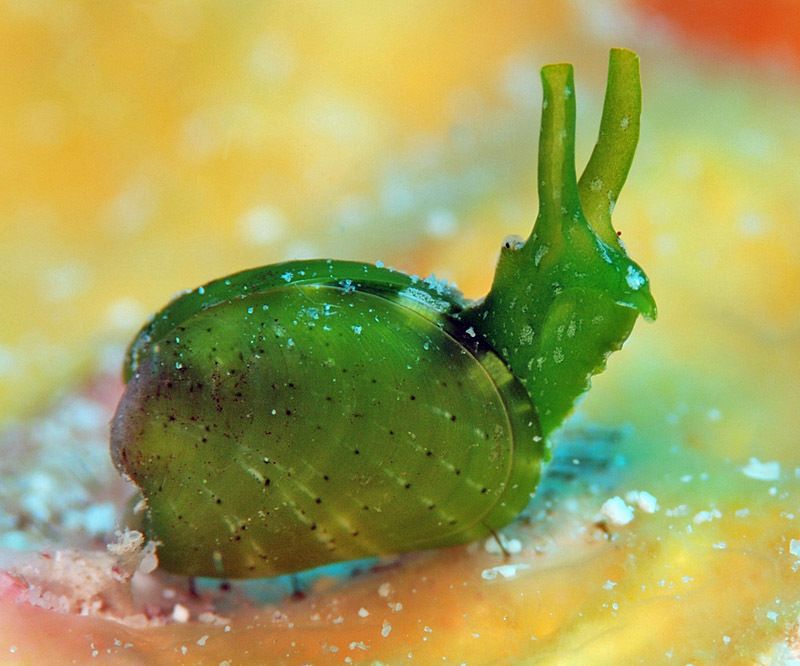
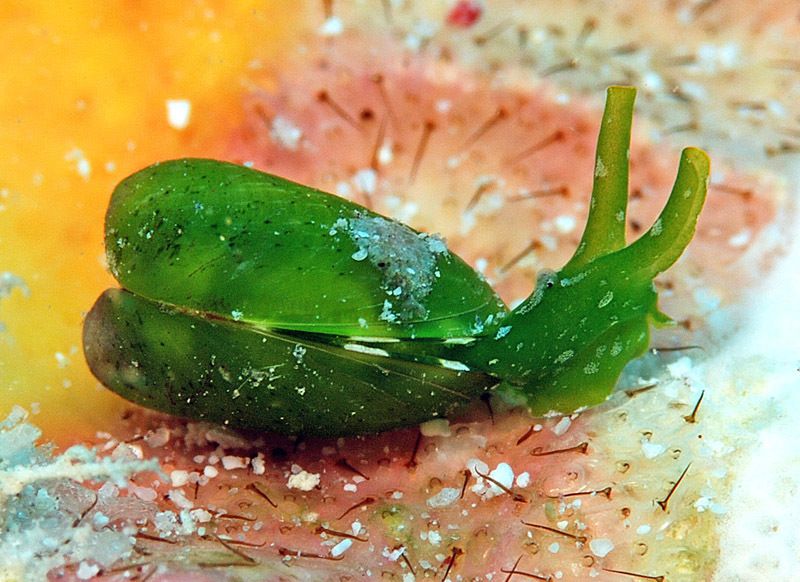
In today’s #AtoZ – J is for Julia (Juliidae) (1/9)
Pic: © uwkwaj CC BY-NC
www.nature.com/articles/s41...
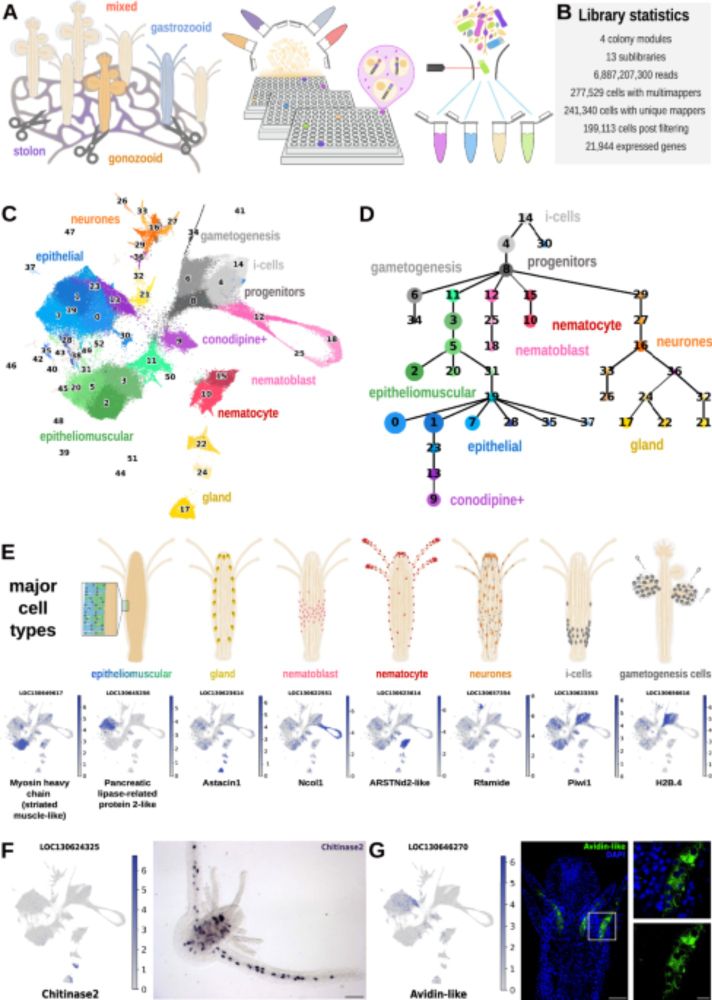
www.nature.com/articles/s41...




